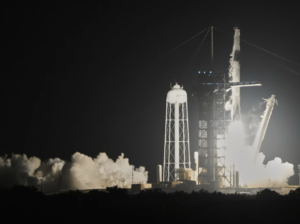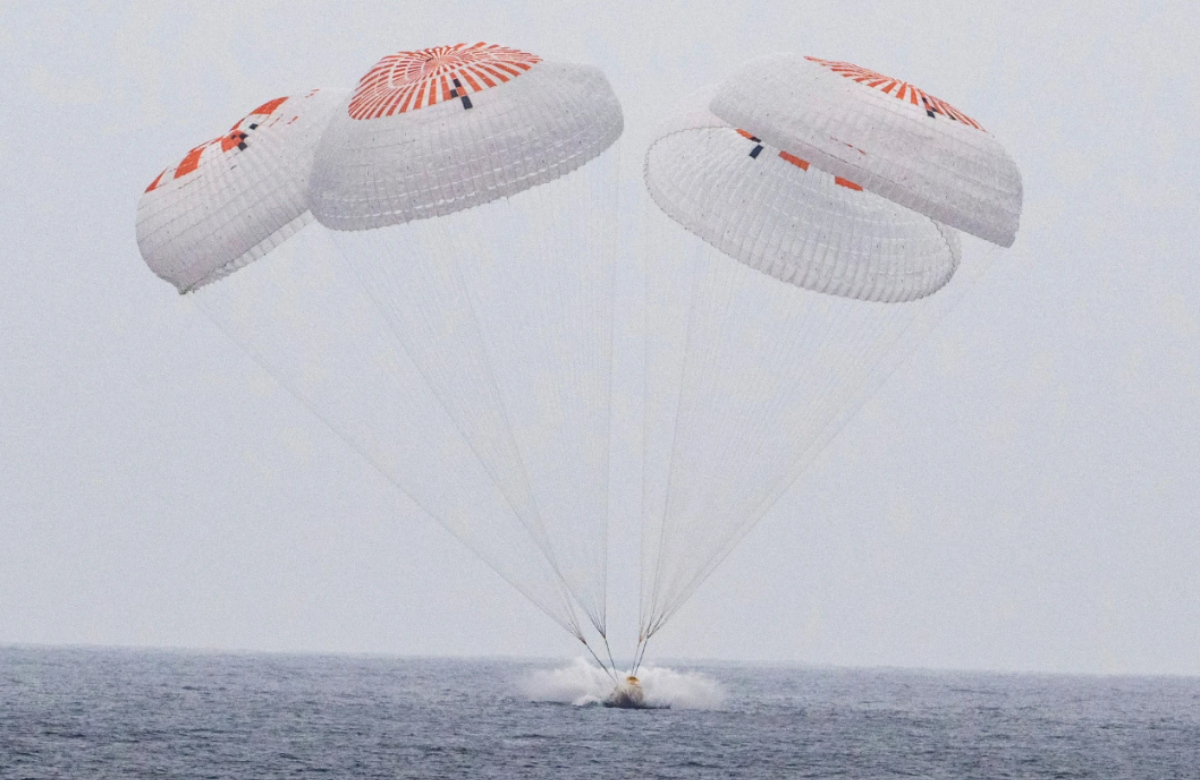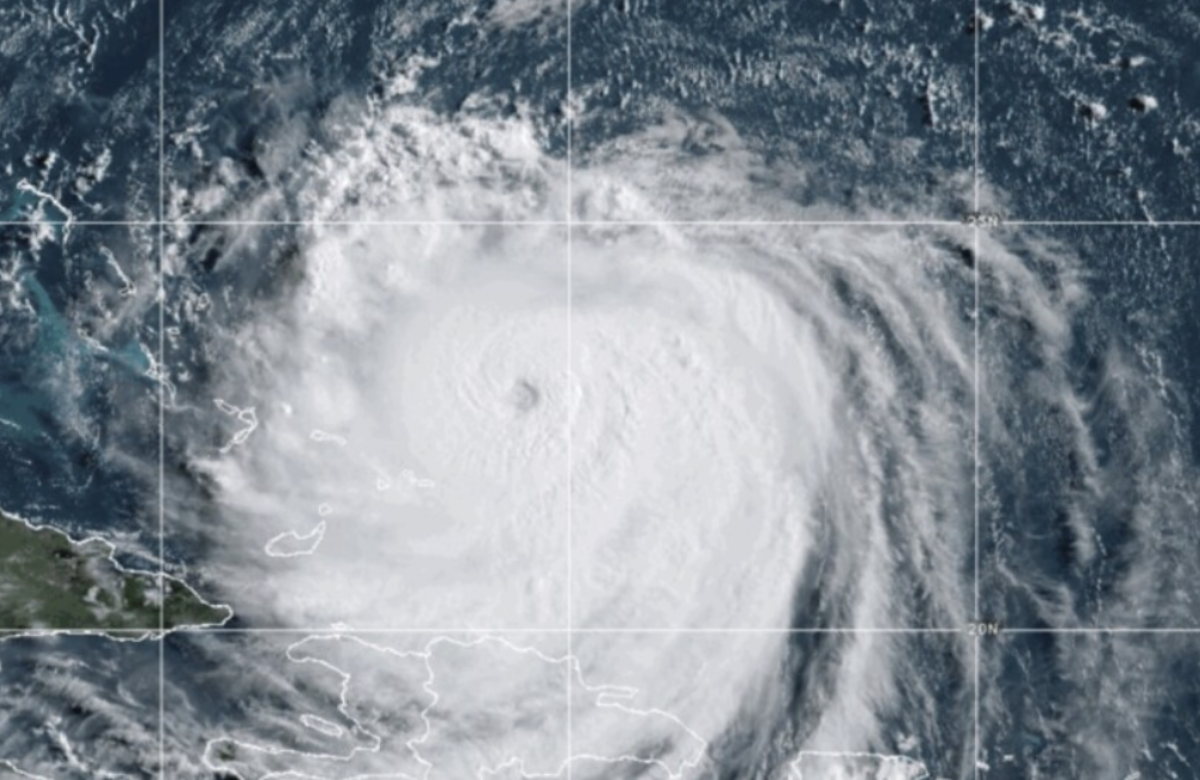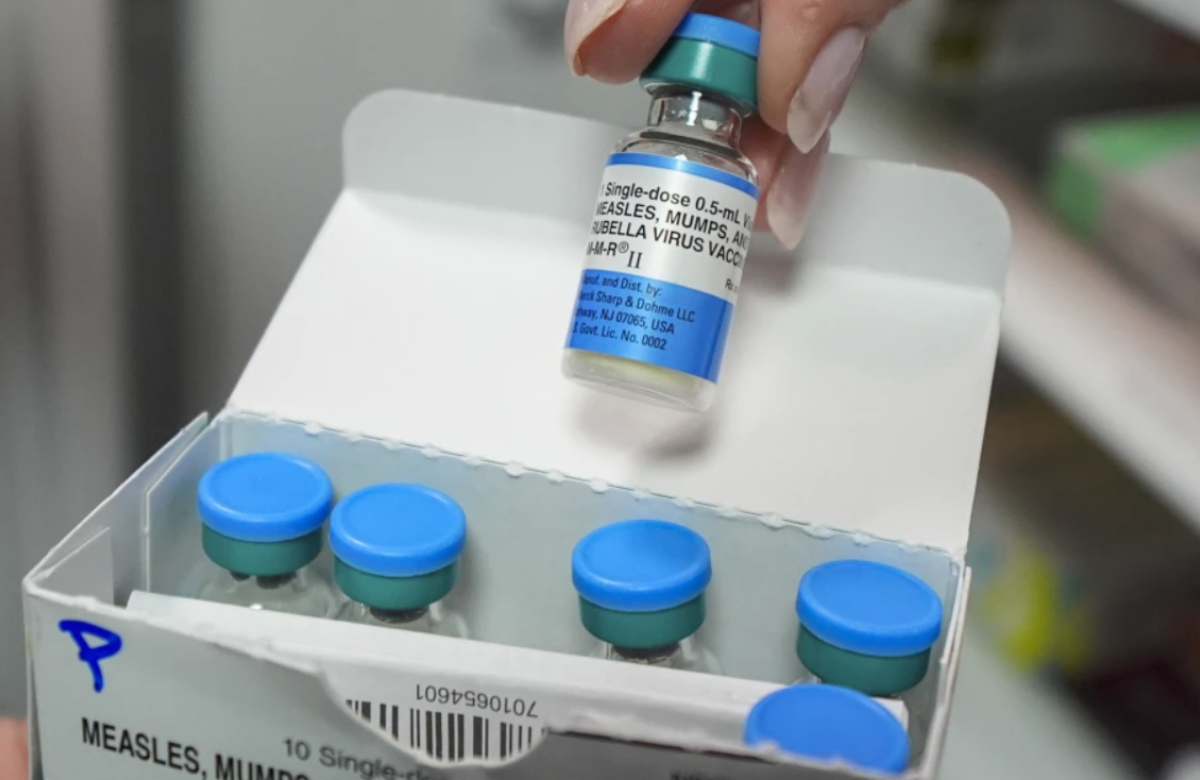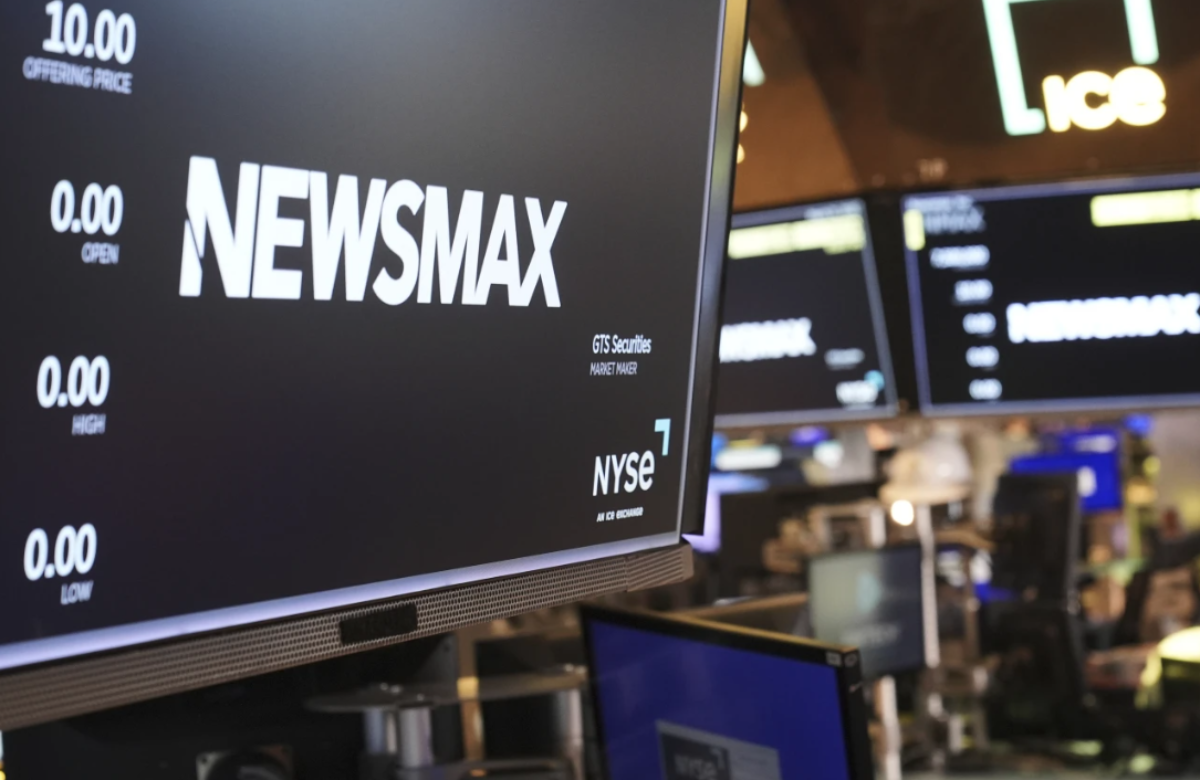A private company launched another lunar lander on Wednesday, aiming to land near the moon’s south pole with a drone designed to hop into a dark crater that never sees sunlight. The lander, named Athena, was launched with SpaceX from NASA’s Kennedy Space Center and is on a fast track to the moon, targeting a landing on March 6. The goal is to avoid the mishap of its predecessor, which tipped over upon landing.
This marks a historic moment, as never before have so many spacecraft been heading for the moon’s surface at the same time. Last month, U.S. and Japanese companies launched their own landers toward the moon, sharing a rocket. Texas-based Firefly Aerospace, which had an early start, is expected to reach the moon first this weekend.
Both U.S. landers are carrying valuable experiments worth tens of millions of dollars for NASA as part of its preparations for returning astronauts to the moon.
“It’s an exciting time with so much energy,” said NASA’s science mission chief, Nicky Fox, just hours before the launch.
This isn’t Intuitive Machines’ first lunar mission. Last year, the Texas-based company achieved the first U.S. lunar landing in over 50 years. However, a malfunctioning distance-measuring instrument caused the lander to descend too quickly, resulting in a broken leg and causing it to tip over onto its side.
Intuitive Machines has reported that it has fixed the issue and addressed several other problems. A sideways landing like the previous one would prevent the drone and two rovers from being able to move. NASA’s drill also requires an upright landing in order to pierce the lunar surface and collect soil samples for analysis.
“Certainly, we will be better this time than we were last time. But you never know what could happen,” said Trent Martin, senior vice president of space systems.
Landing on the moon is an exceptionally rare achievement. Over the years, only five countries—Russia, the U.S., China, India, and Japan—have successfully made lunar landings. The moon is scattered with debris from numerous past failed attempts.
The 15-foot (4.7-meter) Athena lander is set to land about 100 miles (160 kilometers) from the lunar south pole. Just a quarter-mile (400 meters) away lies a permanently shadowed crater, the target for the drone named Grace.
Grace, a 3-foot (1-meter) drone named after the late computer programming pioneer Grace Hopper, will make three test hops across the lunar surface. Using hydrazine-fueled thrusters for flight and cameras and lasers for navigation, it will gradually increase the height and distance of its jumps.
If all goes well, Grace will eventually hop into the nearby pitch-black crater, which is estimated to be 65 feet (20 meters) deep. Instruments from Hungary and Germany will take measurements at the bottom of the crater, searching for frozen water.
This mission will provide the first close-up look inside one of the many shadowed craters at the moon’s poles, which scientists believe could be filled with ice. If the ice is confirmed, it could potentially be used by future explorers to produce drinking water, breathable air, and even rocket fuel.
NASA is paying $62 million to Intuitive Machines for its drill and other experiments on the moon. In turn, the company sold space on the lander to other organizations and opened up the Falcon rocket for ride-sharing.
Accompanying the mission was NASA’s Lunar Trailblazer satellite, which will travel to the moon over the next few months before entering lunar orbit to map the distribution of water beneath the surface. Also part of the ride was a private spacecraft that will pursue an asteroid for a flyby, serving as a precursor to potential asteroid mining efforts.

